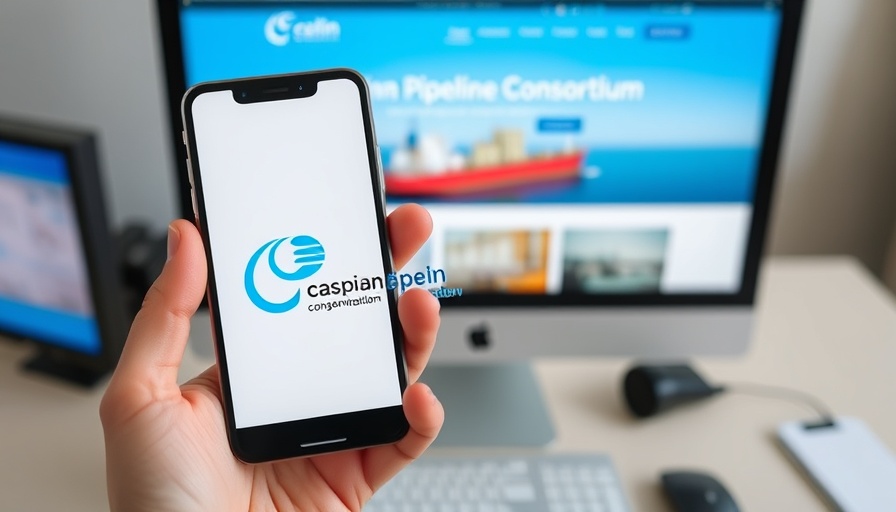
Pipeline Vitality Restored Amid Geopolitical Tensions
The Caspian Pipeline Consortium (CPC) announced exciting news: the Kropotkinskaya pumping station in Russia is back online after repairs from a drone attack earlier this year. For Kazakhstan, this restoration is critical, as the pipeline serves as the main artery for exporting its crude oil to international markets. Additionally, it facilitates the transportation of Russian oil to the Black Sea, significantly impacting the global oil supply chain.
Understanding the Flow of Oil
The CPC pipeline extends over 1,500 kilometers from Kazakhstan’s Tengiz oilfield to Russia’s Black Sea port of Novorossiysk, contributing to approximately 1% of the world's daily oil supply. Back in service just after a three-day planned maintenance, the CPC not only managed to resume pumping but also creatively ensured continuous oil deliveries by bypassing the damaged facility during the repair period.
Geopolitical Implications of the Attack
However, the restoration isn't uninhibited by geopolitical shadows. The drone attack that put the pumping station out of commission has sparked heated blame between Moscow and Kyiv. Ukraine has acknowledged its involvement, frame-shifting a narrative that places responsibility for the attack squarely on Ukraine's actions against Russian interests. This incident underscores the precarious interplay between energy dependence and regional military tensions, further complicating the already fraught relations between these nations.
Exploring Future Oil Supply Trends
Looking ahead, how might this situation evolve? With the CPC back online, one primary concern remains: stability. Energy markets will be watching closely for any future incidents. The CPC carries a substantial weight in the oil market, and interruptions like these can cause ripple effects around the globe, from pricing shifts to altered supply routes.
What This Means for Energy Consumers
For everyday consumers, the implications might seem distant, but they are undoubtedly relevant. Crude oil availability directly influences gasoline prices and overall economic health. Thus, when pipelines face disruption—be it from technical faults or geopolitical strife—the consequence is felt worldwide.
Actions to Mitigate Risks in Oil Infrastructure
Energy companies must brace for the reality of heightened risks associated with operating in regions susceptible to conflict. Investing in contingency plans, cybersecurity, and even diversifying supply chains may be necessary strategies moving forward. Investors and policymakers alike must stay informed about these dynamics as they unfold.
Wrapping Up: The Stakes Are High
The CPC pipeline's return to normal operations after a serious setback is a reminder of the intricate connections between global energy infrastructure and international relations. As tensions in the oil-rich regions of the world continue to evolve, it becomes vital for stakeholders to remain vigilant and proactive. In this scenario, the most prepared companies can best mitigate risks, safeguarding their operations against unforeseen geopolitical disturbances.
 Add Row
Add Row  Add
Add 




Write A Comment